- In case of severe distress or life-threatening issues, call 15 or 112
- In all other cases, even in the absence of symptoms or if an abnormal skin reaction occurs, seek advice from a poison control centre or a doctor
- If a child or adult has put leaves or berries known to be toxic or other ornamental plants in their mouth: clean their mouth with a damp cloth, do not make them drink, and call a Poison Control Centre
- In case of ingestion by an animal, contact a veterinary poison control centre
In all cases, keep the label or a photograph of the plant to aid in identification.

































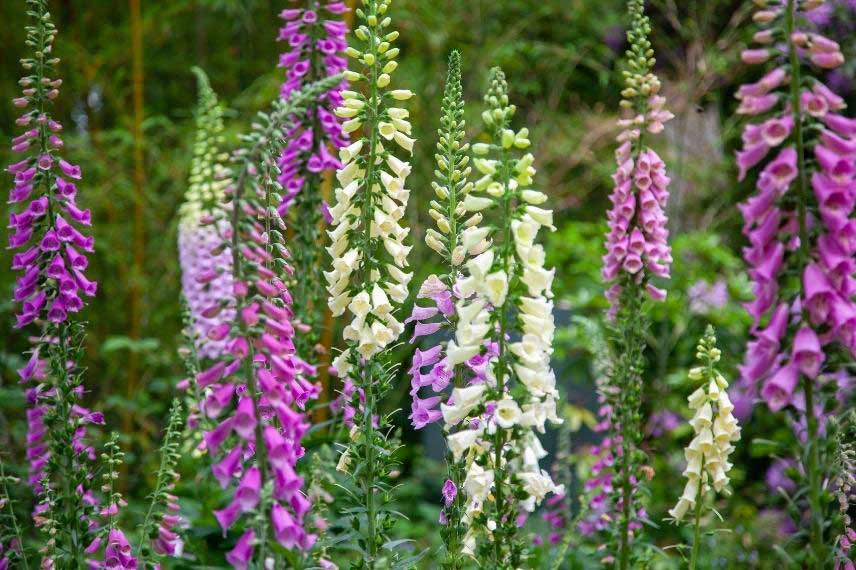
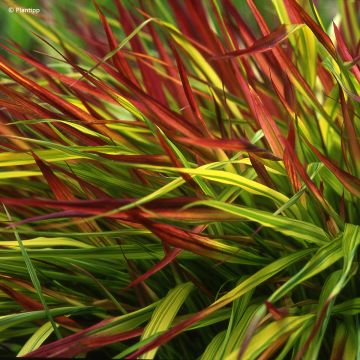


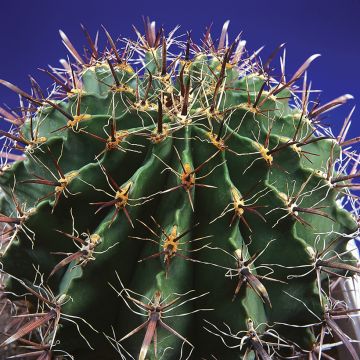
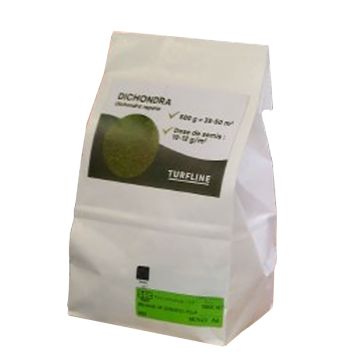

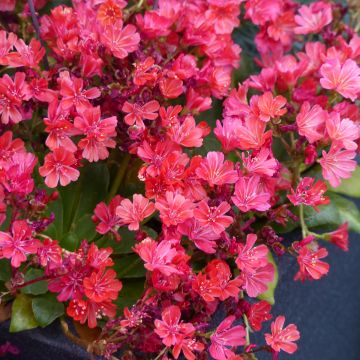
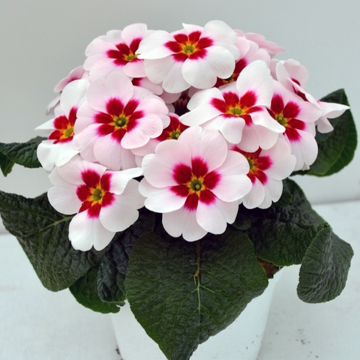
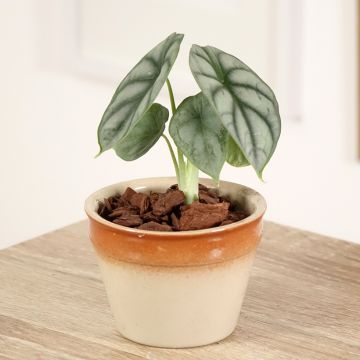
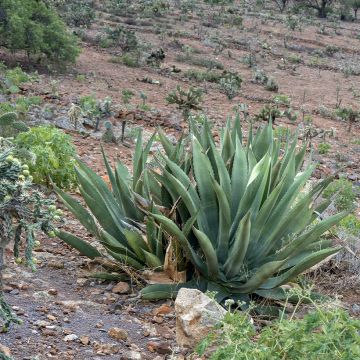
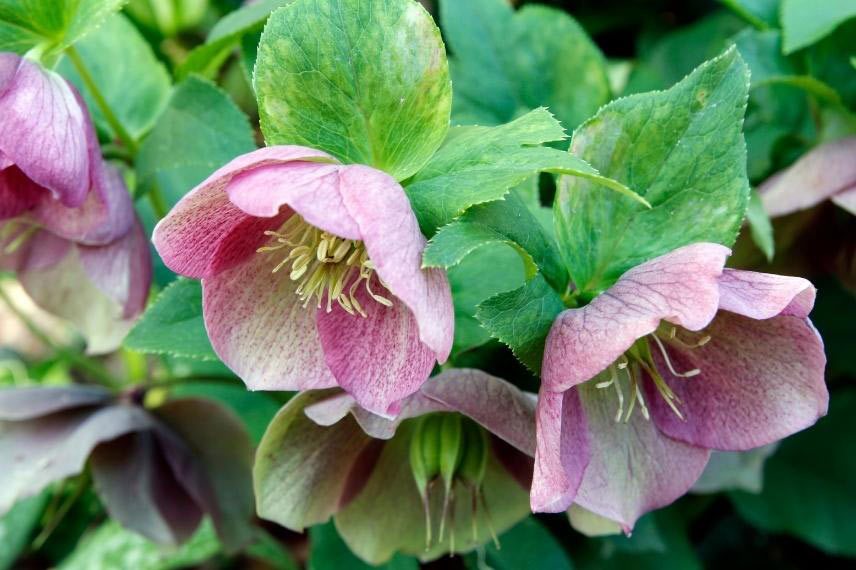
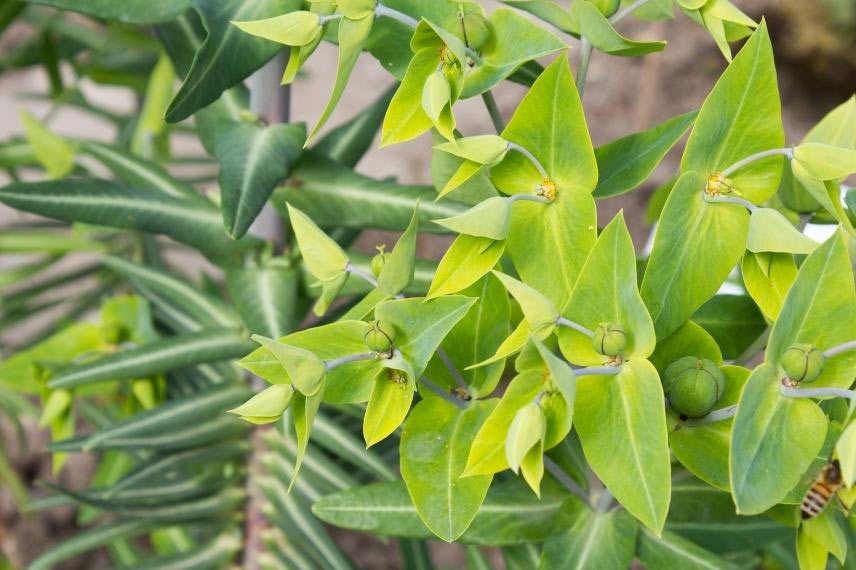


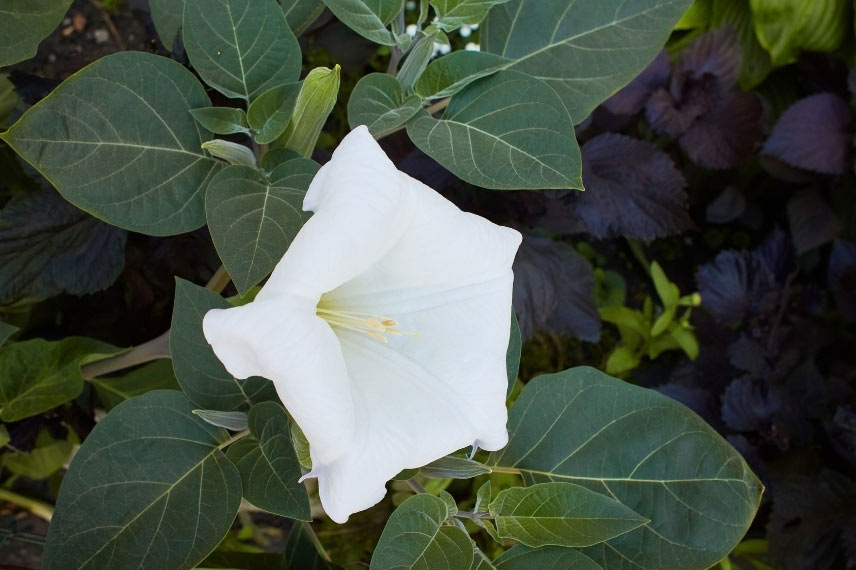
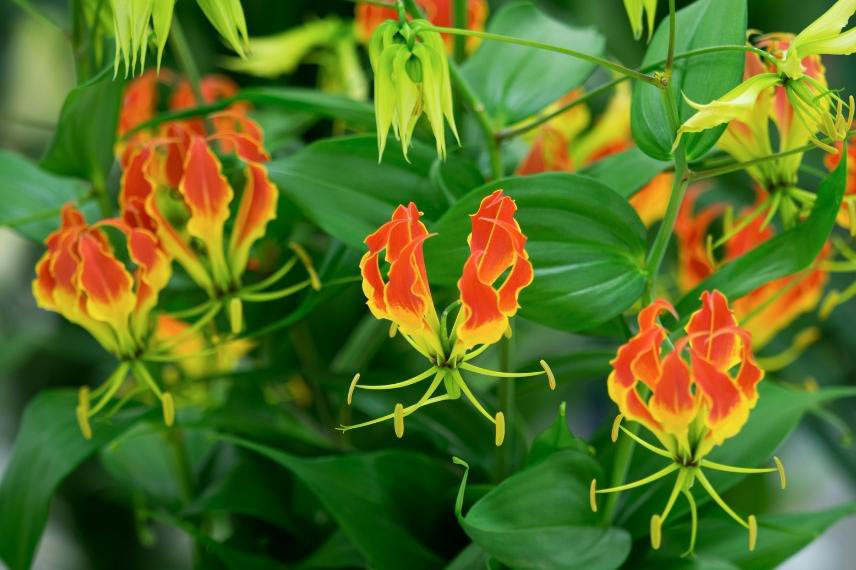

Comments